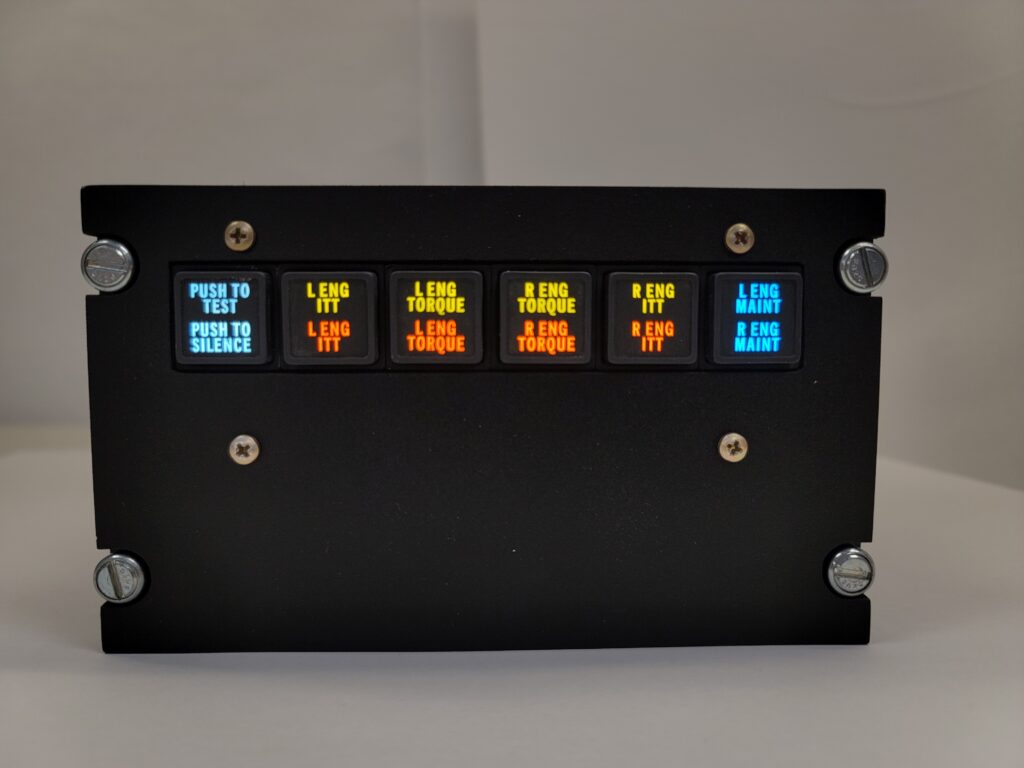Aeronautix has been awarded an FAA STC for their Aural Warning and Annunciation System (AWAS) which they are manufacturing and installing on the Beechcraft King Air 350 and 300 series aircraft. The system, designed to integrate with the Collins Proline 21 avionics suite and provide improved situational awareness, will give aural voice warnings to pilots avoiding potential engine damage due to Over-Temp or Over-Torque conditions.
Pilot workload during critical phase of flight like takeoff and missed approach can distract from serious engine limitation exceedances going unnoticed by crew, resulting in damage costing hundreds of thousands of dollars for repairs. However, with AWAS if an engine exceeds temperature or torque limitations in any maneuver, an aural voice callout informs the pilot and crew that immediate action is required, supplementing the visual indication on the engine Multi-Function Display (MFD). The aural voice warning, “MONITOR TEMPERATURE” is triggered when engine temperature exceeds 820°C, and will continue repeating “TEMPERATURE” every five seconds until the condition no longer exists or is manually silenced by the crew. If torque exceeds 102%, an aural voice warning will call out “MONITOR TORQUE”, and will repeat the word “TORQUE” every 15 seconds until the condition no longer exists or is manually silenced by the crew. These aural warnings are supplemented by amber and red visual annunciation on the AWAS control panel.
This non-invasive on-site installation takes about 12 hours and consists of wire harness connections to the existing 429 data bus in the King Air. AWAS is mounted in the center console on civilian aircraft, is authorized for other locations in military configurations, and replaces the Cobham 630A-000 warning amplifier.
With PT6 engine overhauls averaging $300,000 or more, the AWAS will pay for itself with a single voice callout.
For more information on the AWAS visit Aeronautix.com or call (316) 500-6070.
PHOTO CAPTION: The Aeronautix AWAS provides voice alerts when engine temps or torque are exceeded in critical maneuvers.

